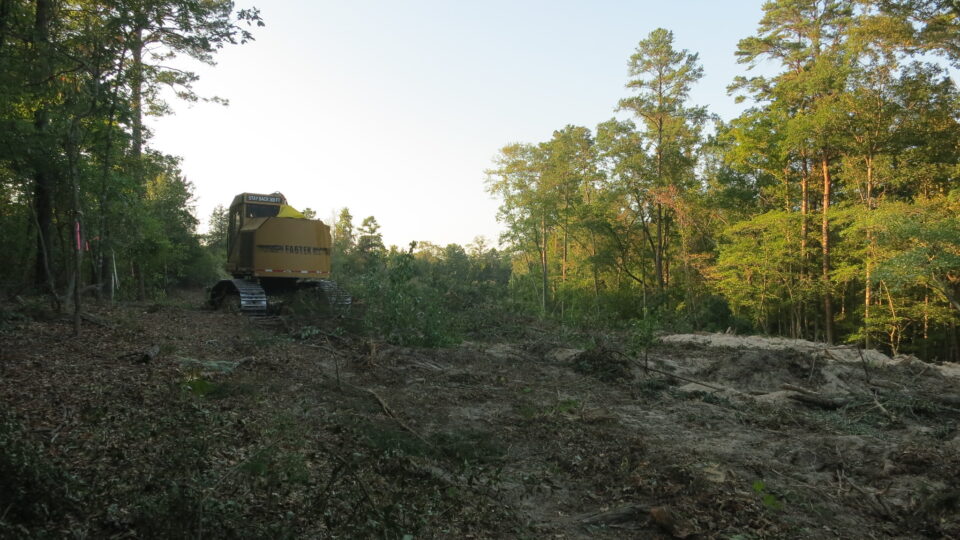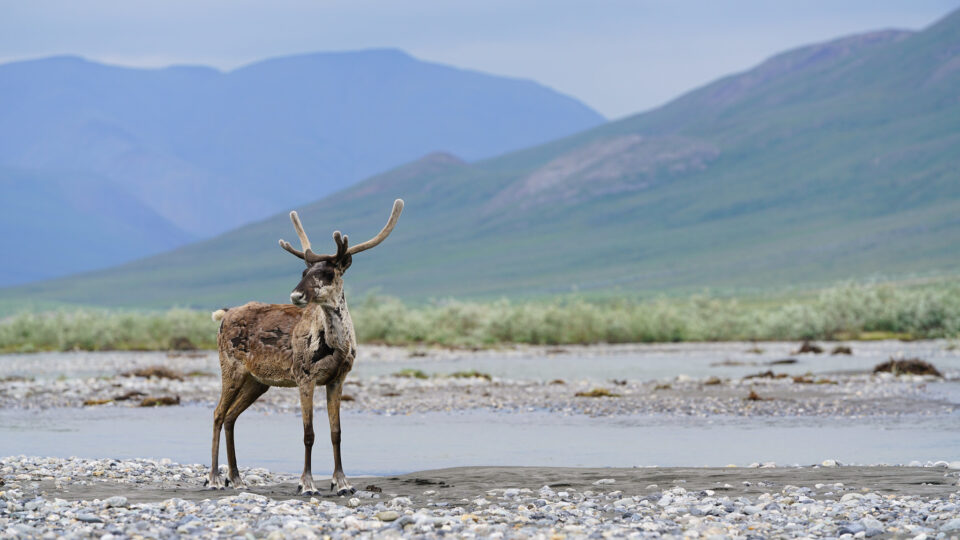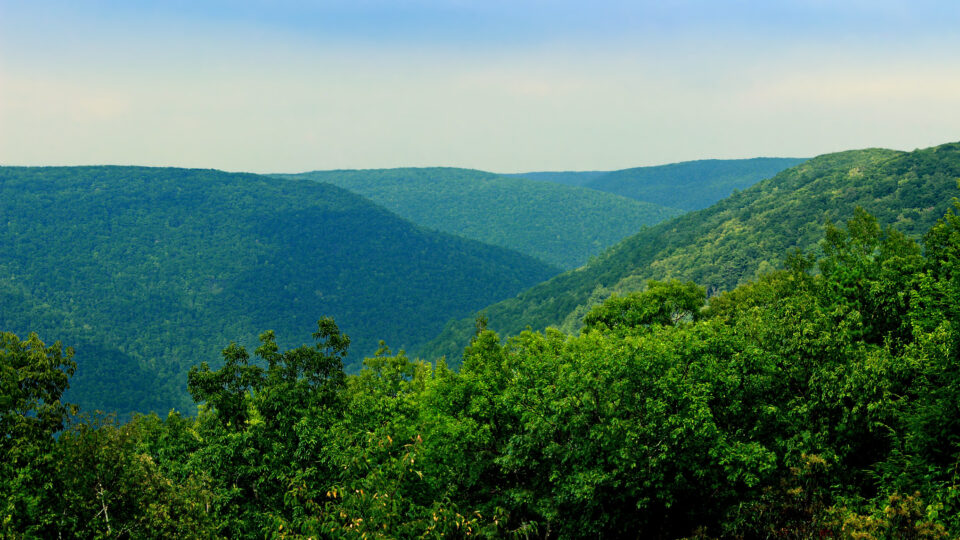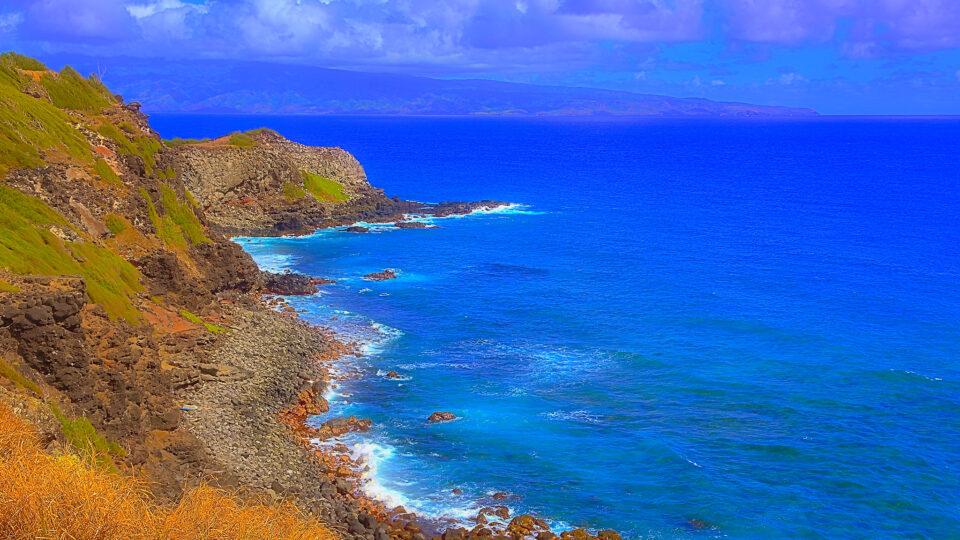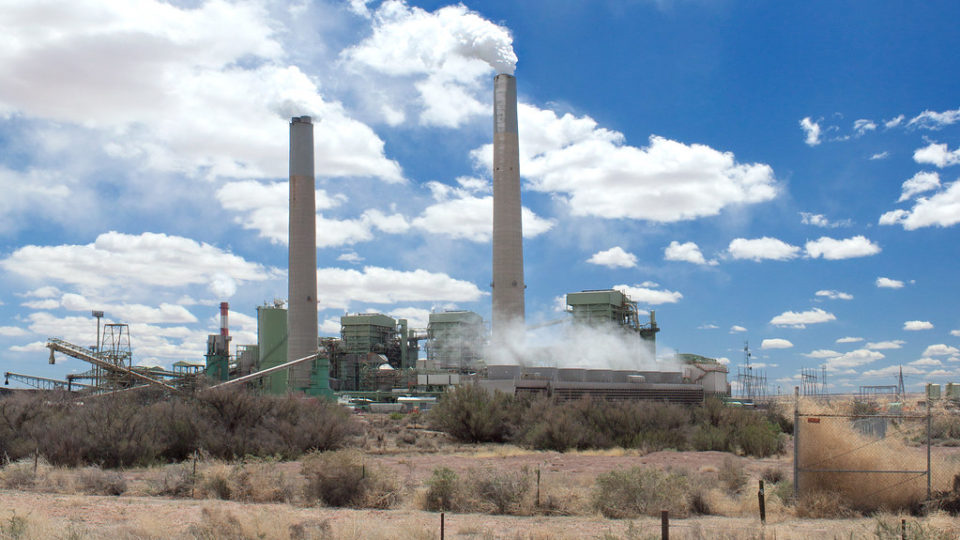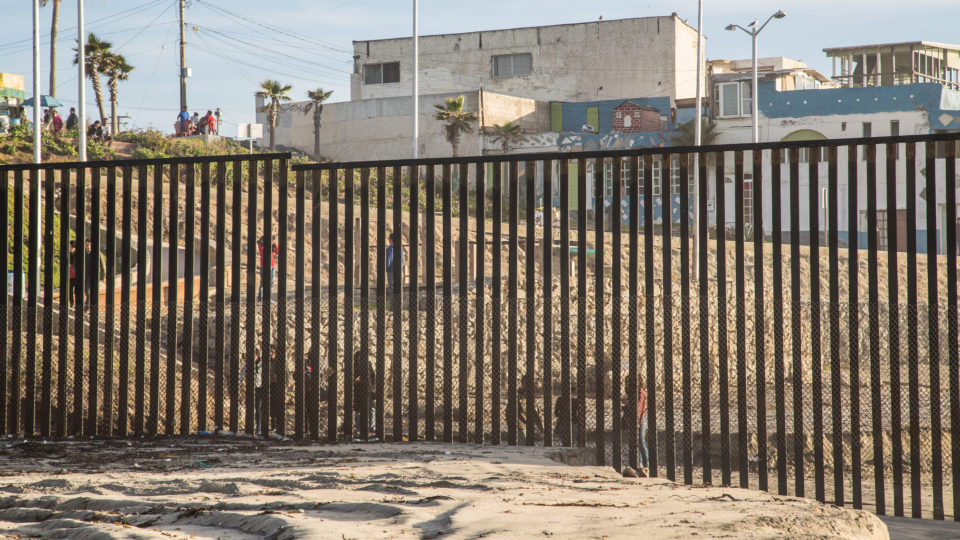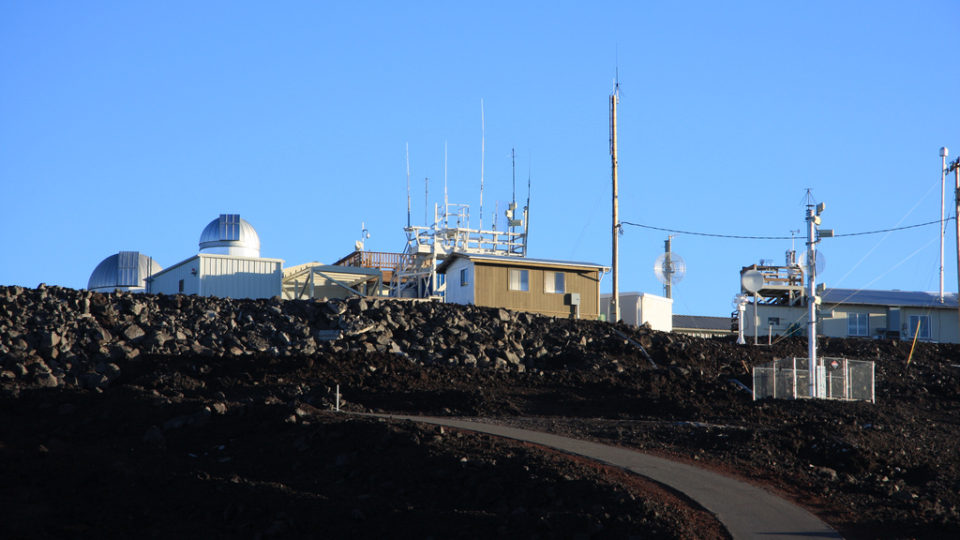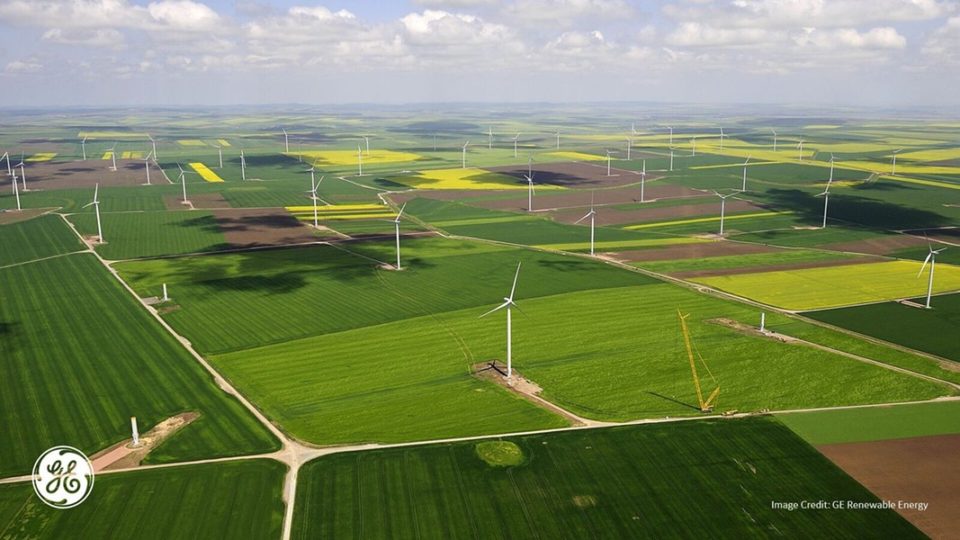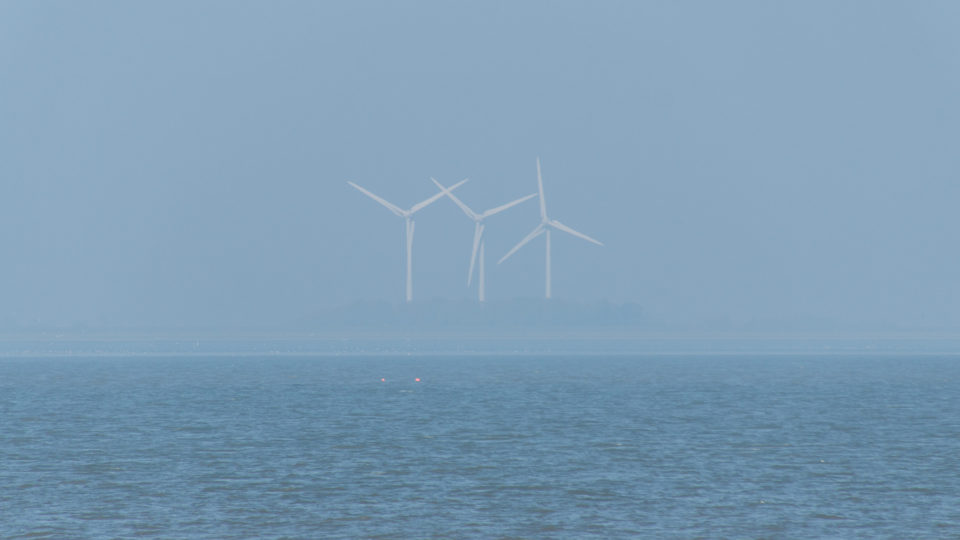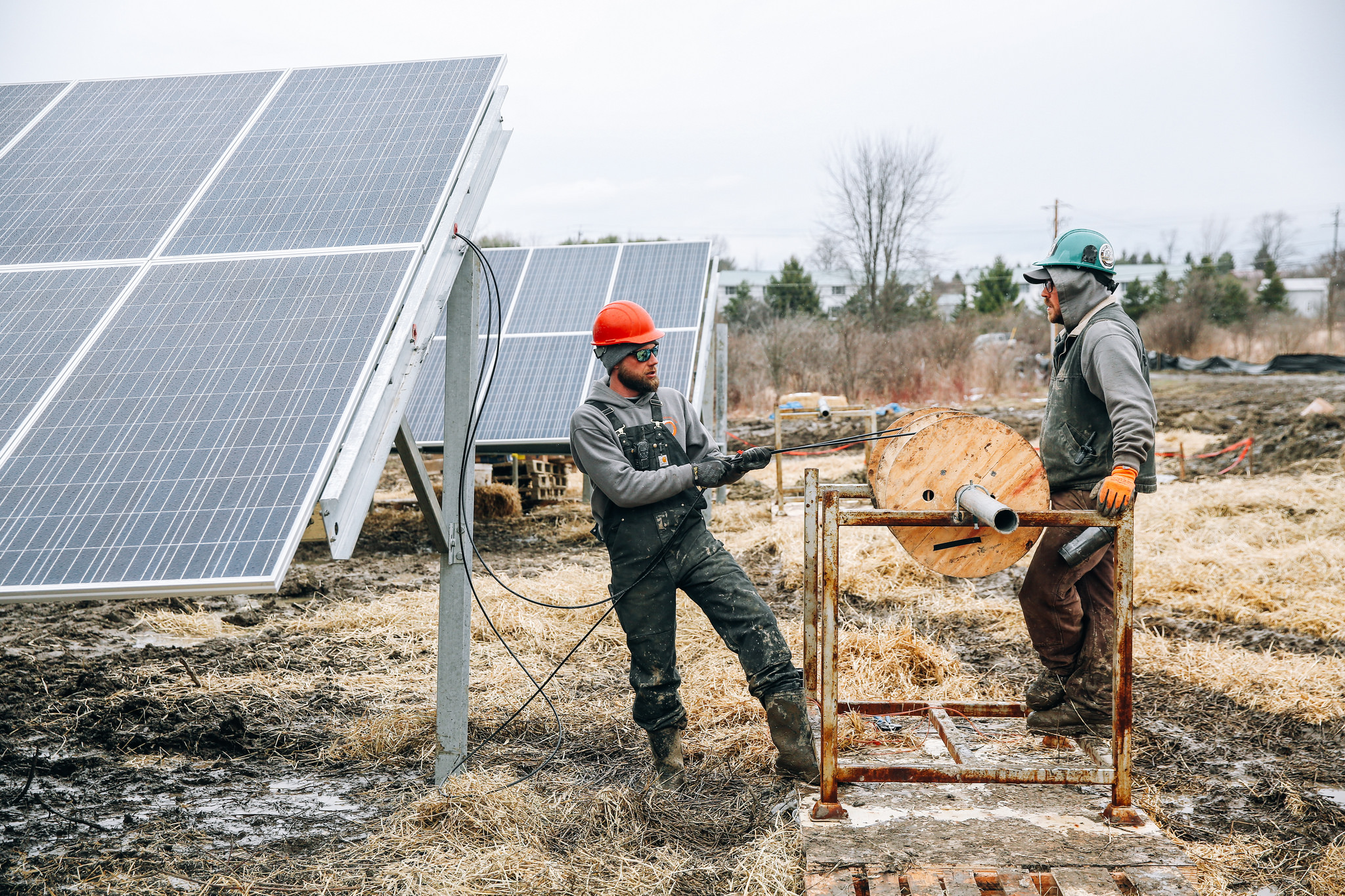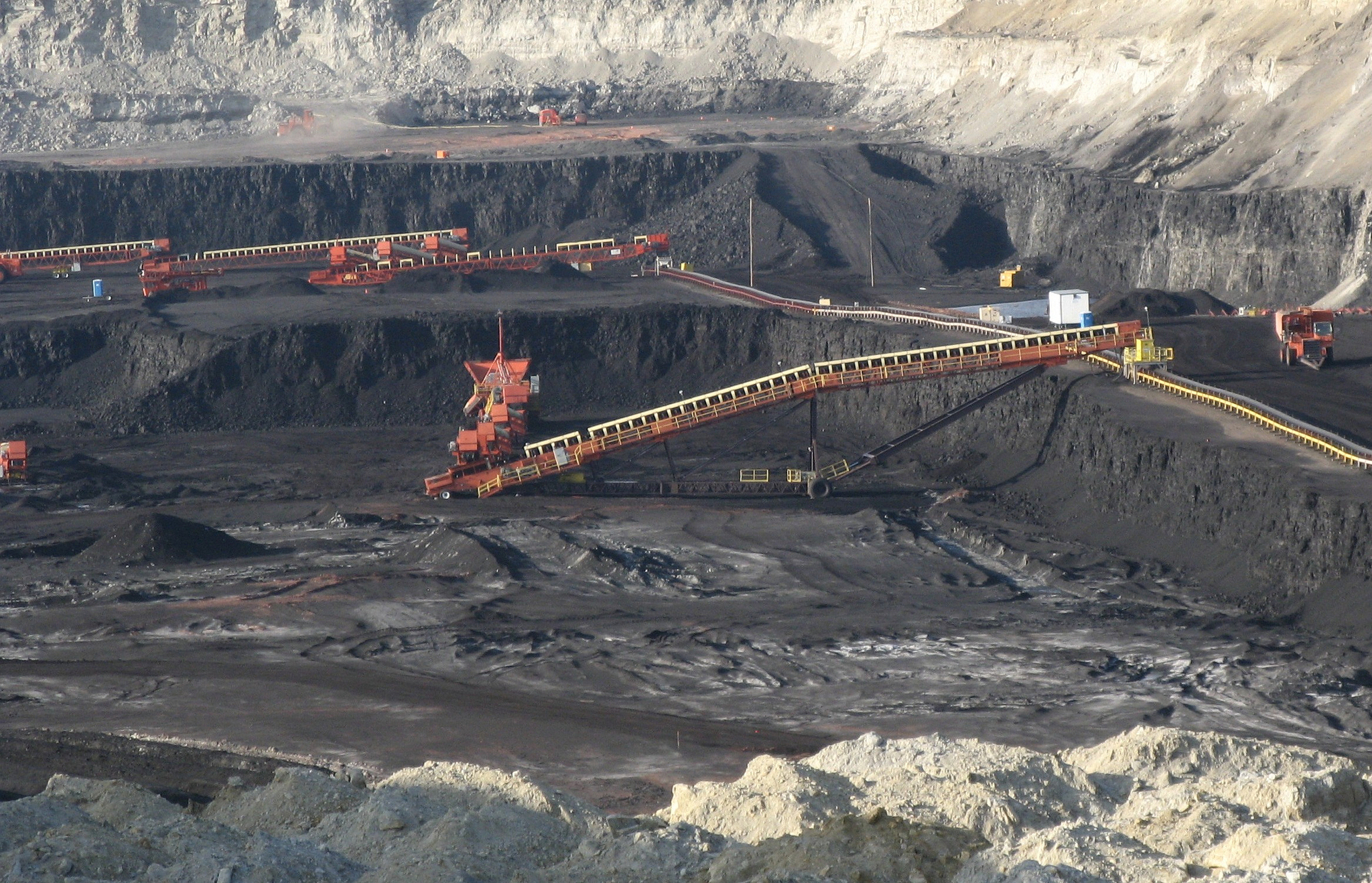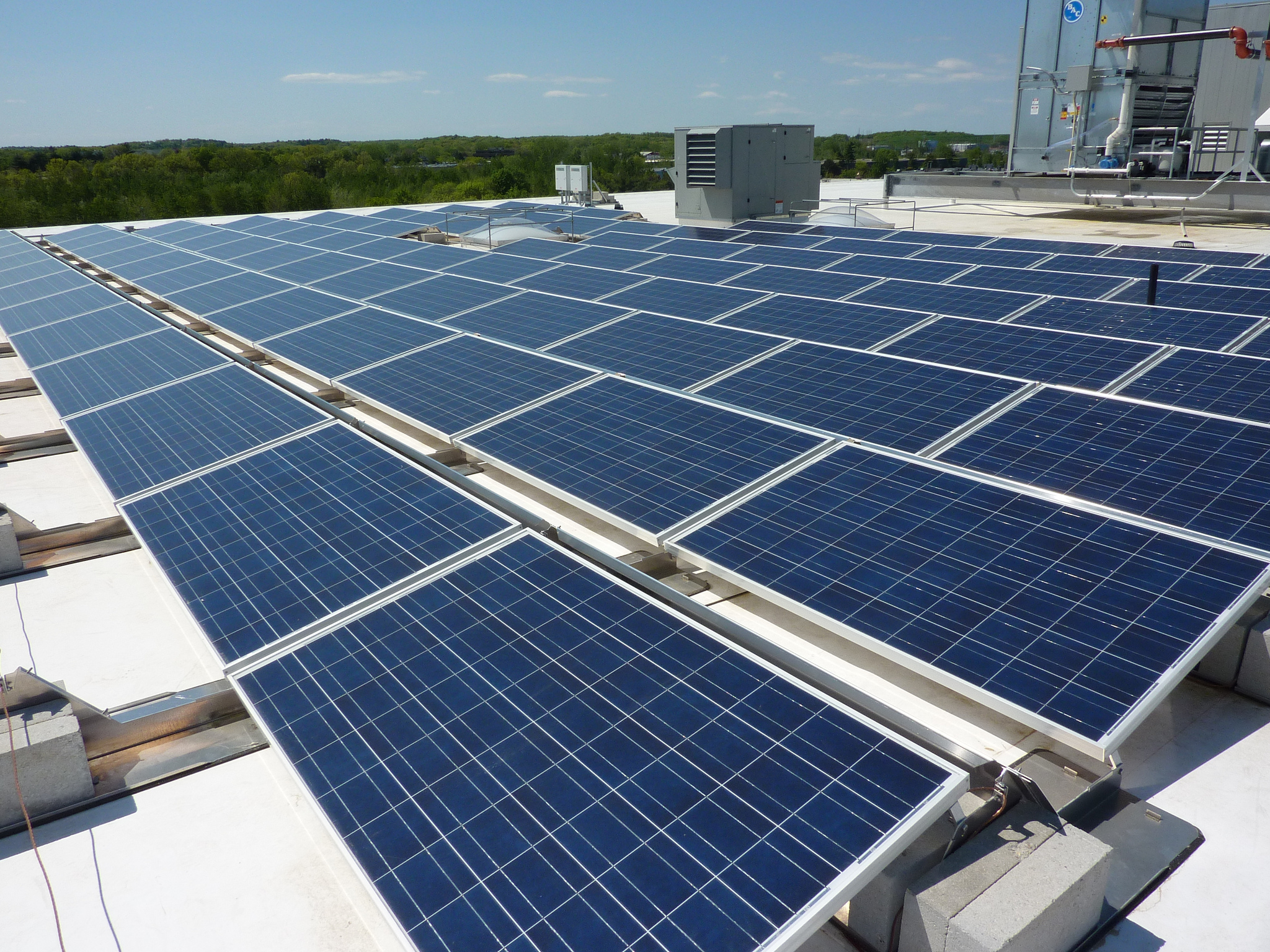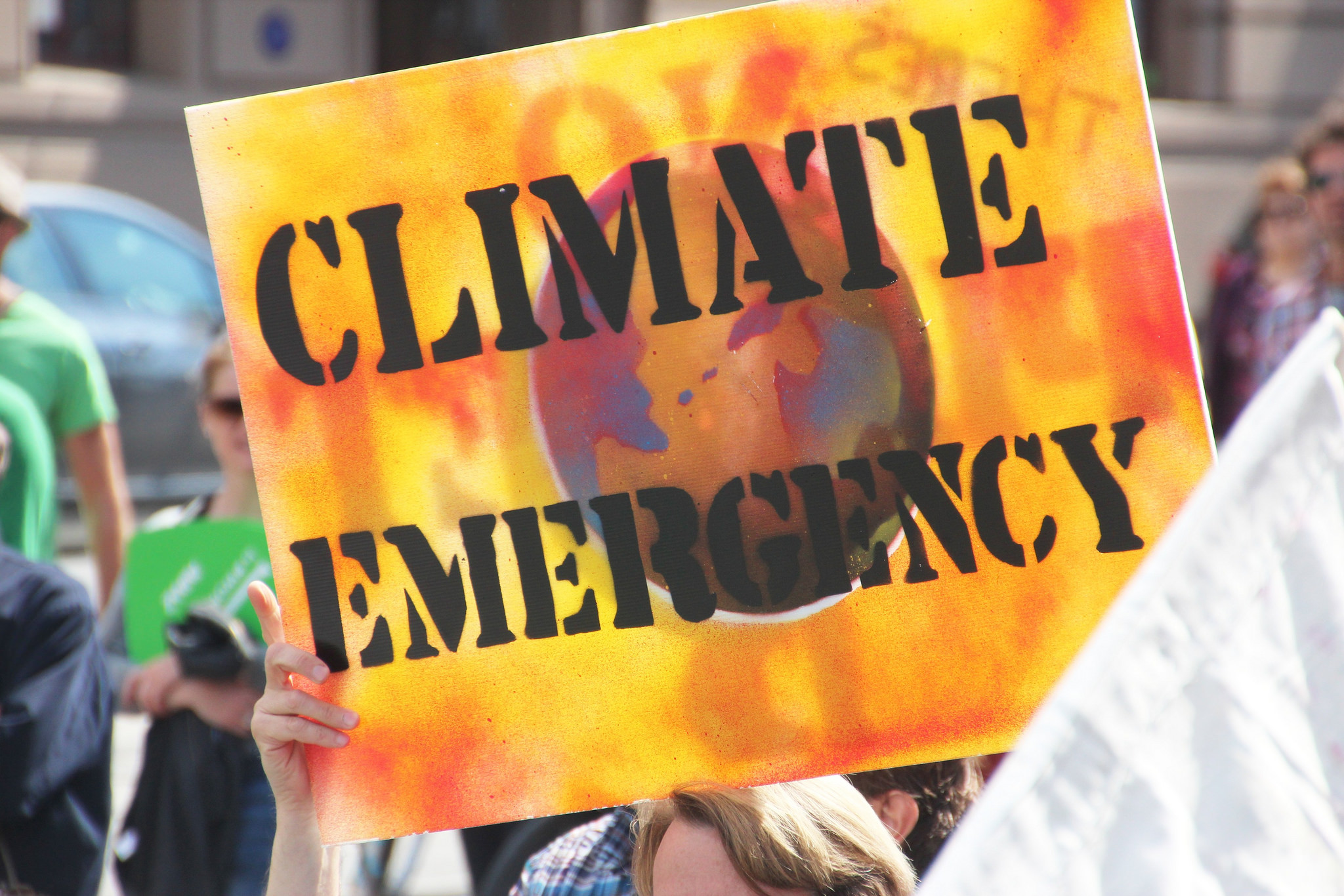Hurricane Sandy flooded Lower Manhattan in October 2012, closing Wall Street, blacking out power for 250,000 people, and killing 44 New Yorkers. Within a year, plans were in motion to build berms, floodwalls, and water gates along the city’s Lower East Side in a $770 million first phase of an overall plan to defend New York City from future floodwaters.
Plans got more and more complicated, and the price tag reached $1.45 billion before the existing plan was scrapped by former Mayor Bill de Blasio’s administration in 2018 without involving the community groups that were instrumental in creating the original plan. After years of lawsuits and court actions, the revised East Side Coastal Resiliency Project is finally proceeding, now at a price tag approaching $3 billion. The project will include 18 moveable floodgates and will protect 110,000 New Yorkers, including 28,000 low-income public-housing residents and is expected to be completed in 2026.
The original larger overall plan was halted in 2020 after former President Trump mocked it and claimed that it would cost $200 billion. The current plan, created by the U.S. Army Corps of Engineers and known as the 3B alternative, calls for a combination of deployable flood barriers, floodwalls, seawalls, and elevated promenades wrapping around the lower part of Manhattan. The cost of the project is estimated to be $61 billion.
In the meantime, over 10 years after Sandy, a similar storm would have almost the same effect today as Sandy had back then.
**********
Web Links
New York City Begins Its Climate Change Reckoning on the Lower East Side, the Hard Way
Photo, posted January 19, 2013 courtesy of Andres Alvarado via Flickr.
Earth Wise is a production of WAMC Northeast Public Radio

